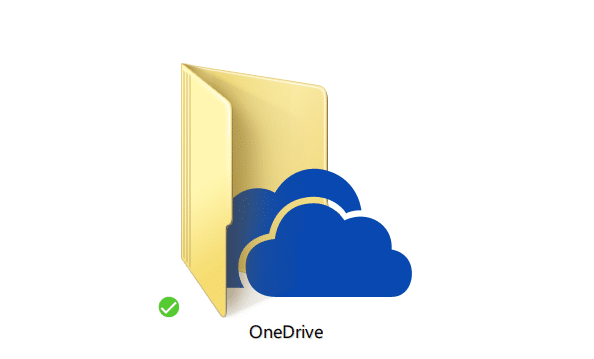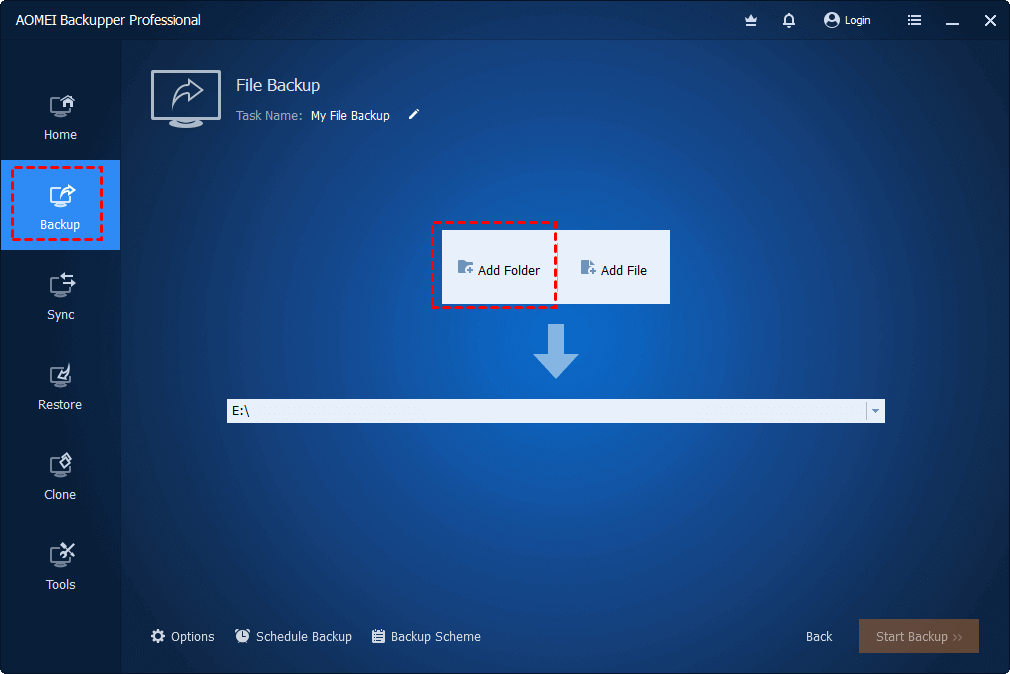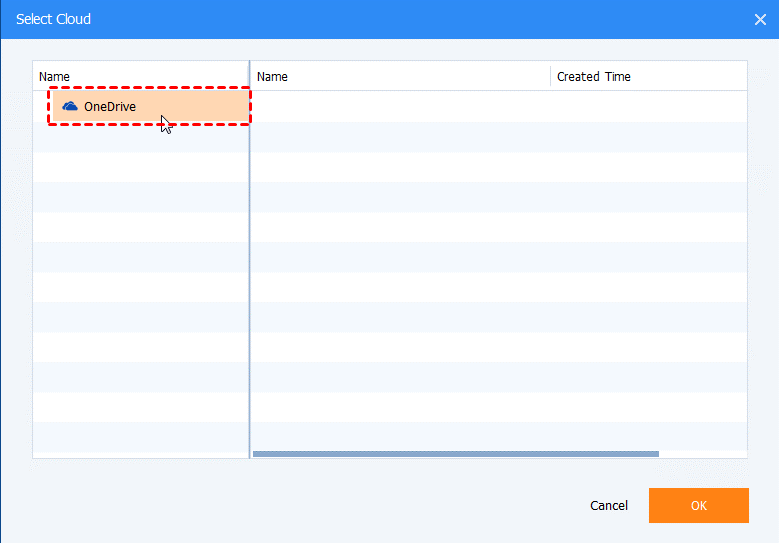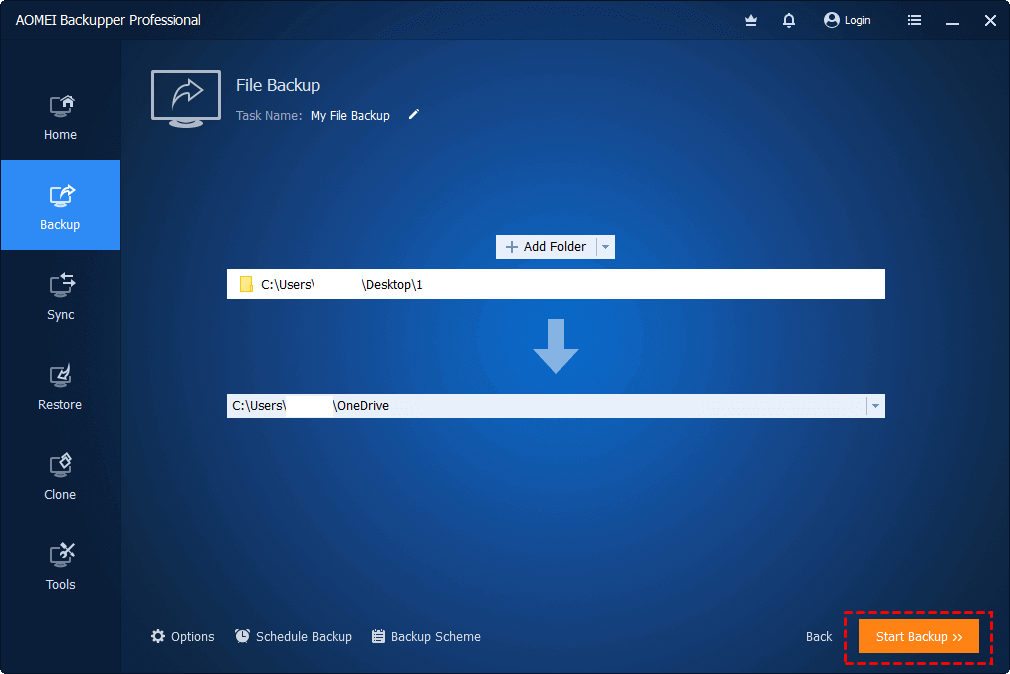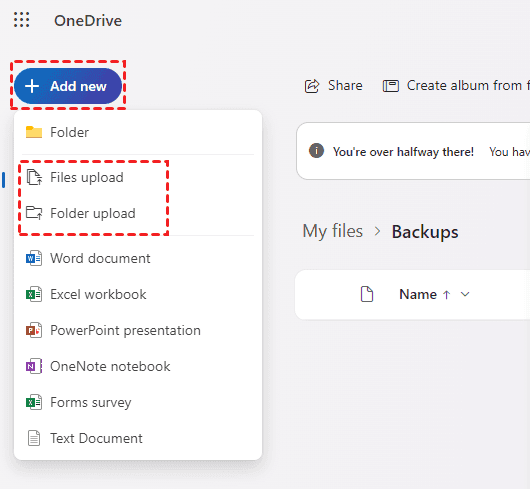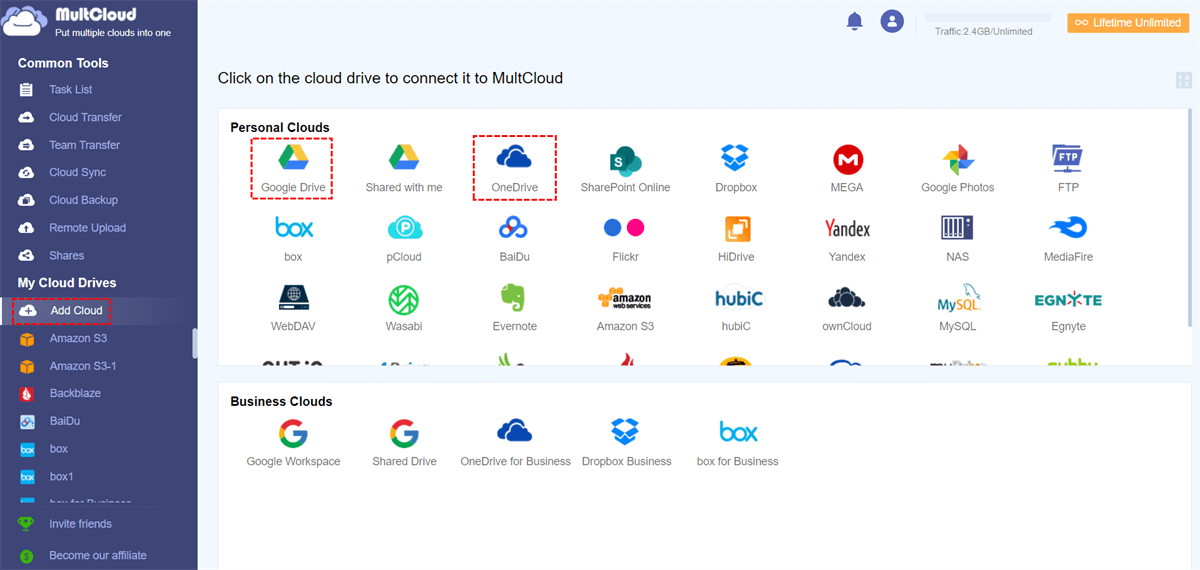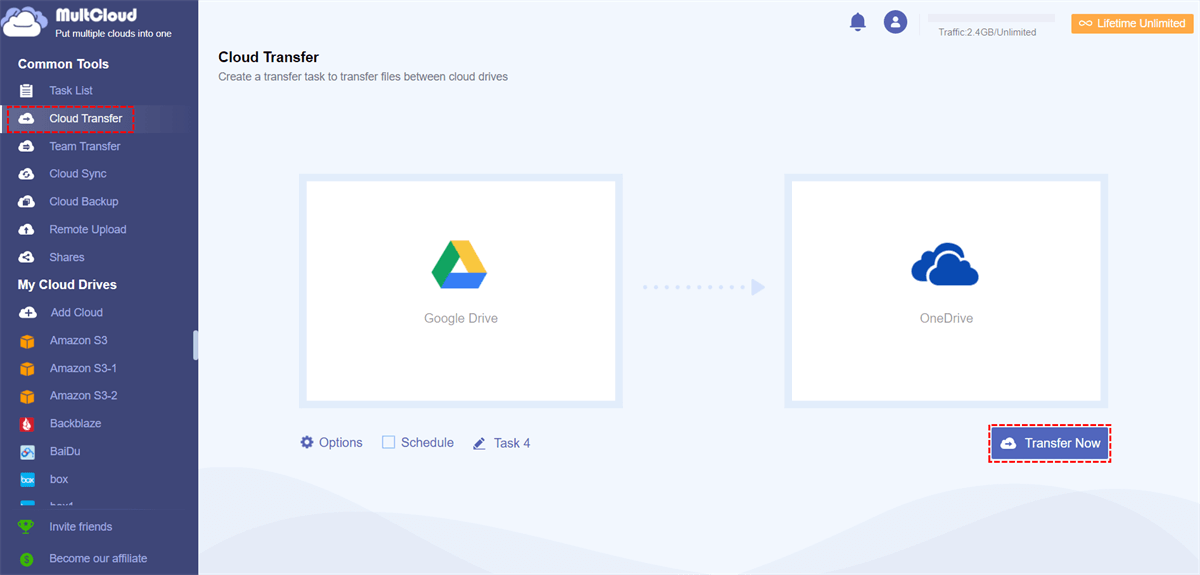Can You Add Folders to OneDrive Backup Without Moving?
Adding a folder to OneDrive backup without moving can be realized and there are many reasons to do so:
- Data Backup: Adding a folder to OneDrive without moving it creates a backup of the folder and its contents in the cloud.
- Preserves Folder Structure: The original organizational structure of the folder on your computer remains intact and you can access it from its original location.
- Data Protection: Having a cloud backup provides an extra layer of protection against data loss due to hardware failures, accidental deletions, or other issues on your computer.
- Convenience: Since you don't need to move the folder, it's a convenient way to create a backup without changing your file organization.
- Automatic Backup: OneDrive can be set up to automatically sync and back up selected folders, ensuring real-time data protection.
Add Folder to OneDrive Backup Without Moving [3 Ways]
This section provides you with 3 proven ways to sync folder to OneDrive without moving. You can use AOMEI Backupper, create mklink, or manually upload to smoothly add a folder without moving.
Way 1: Via AOMEI Backupper
AOMEI Backupper is a free desktop backup app. It can directly backup your local system, disk, partition, and files to OneDrive without moving. With this tool, you can add any folder and backup files to OneDrive without moving. If you want to frequently backup the selected folder to OneDrive, you can schedule the backup task so that it can auto-start at a fixed frequency. Besides, AOMEI Backupper provides 3 backup methods: Incremental Backup, Differential Backup, and Full Backup to meet your different backup needs.
Before all the steps, make sure you have and enable the OneDrive desktop app.
Step 1: Download AOMEI Backupper and launch it.
Step 2: Select "Backup" in the left bar and choose "File Backup".
Step 3: Click "Add Folder" to choose the desired folder.
Step 4: Click the low bar and choose "Select a cloud drive". Then, select OneDrive and tap "OK".
Step 5: Tap on the "Start Backup" button to add folder to OneDrive backup without moving.
Note: If you want to add a backup method, you can open "Backup Scheme" and choose the right one to use.
Way 2: Via Mklink Command
A mklink command can create a symbolic link which can act as a shortcut and point to another folder located elsewhere. You can use a mklink command to connect your desired folder with the OneDrive folder on your computer. It will not move your desired folder but the operations in the OneDrive folder will be performed to the selected folder, too.
To run a mklink command, follow these steps:
Step 1: Right-click on the Start button, enter "cmd" in the search box, and right-click on "Command Prompt" to "Run as administrator".
Step 2: Enter the command: mklink /d "path of your new OneDrive Asset" "path of your local asset"
Note: You need to replace the paths in terms of your own situation.
Step 3: Press Enter and the symbolic link will be created. Then the source folder will be backed up to OneDrive.
Way 3: Via OneDrive Website
If you do not like the former 2 ways, you can manually upload the local folder to OneDrive on its website.
Step 1: Open the OneDrive website and sign in to your account.
Step 2: Click the "+ Create or upload" button in the upper-left corner.
Step 3: Choose "Folder upload" and choose the local folder you want to backup to OneDrive.
Step 4: Click the "Upload" button to start uploading.
Bonus Tip: Directly Transfer OneDrive to Google Drive via MultCloud
If you do not mind other cloud storage services, you can use Google Drive instead of OneDrive which can backup any folder to the cloud without moving the folder. When you start using Google Drive, you may need to move the previous files from OneDrive to Google Drive. The easiest way to realize the cloud-to-cloud transfer is by MultCloud Cloud Transfer.
MultCloud is a free but professional cloud file transfer service. It supports 30+ clouds including OneDrive and Google Drive. You can utilize the Cloud Transfer function to create an automatic file migration task. With this task, all the files on OneDrive can be directly transferred to Google Drive without manually downloading and uploading.
Step 1: Get a MultCloud account after entering the website.
Step 2: Add Google Drive and OneDrive to MultCloud by clicking "Add Cloud" in the left bar and selecting the cloud logo. When a pop-up window appears, log in to the corresponding cloud account.
Step 3: Choose "Cloud Transfer", and select OneDrive in the left box and OneDrive in the right box.
Note: MultCloud offers 5 GB of free traffic every month. If you have a large number of files to transfer from OneDrive, you can subscribe to a paid plan to get more traffic and enjoy faster transfer speed.
Conclusion
Syncing your data between your computer and OneDrive is a powerful and convenient way to ensure your data remains safe and accessible. By utilizing AOMEI Backupper, mklink command, or OneDrive website, you can add folder to OneDrive backup without moving it from its original location easily.
What's more, you can use MultCloud to sync or backup a folder from another cloud to OneDrive without moving. The steps are also quite easy and you can freely try it. For example, if you have other requirements like backing up Google Drive to OneDrive, you can use MultCloud Cloud Backup to automate the process and save your time to do more things.
FAQs
Q: Can I add multiple folders to OneDrive backup using symbolic links or junction points?
A: Absolutely! You can add as many folders as you want using symbolic links or junction points. Each folder will be synced with its respective target folder on OneDrive.
Q: Will adding a folder to OneDrive backup using symbolic links or junction points affect my local storage?
A: No, adding a folder to OneDrive backup this way will not consume additional space on your local storage since the data remains in its original location.
Q: Can I remove the symbolic link or junction point later if needed?
A: Yes, you can easily remove the symbolic link or junction point without affecting the original data. Simply delete the link, and the data will remain in its original location.
Q: Will the added folder be accessible on other devices connected to my OneDrive account?
A: Yes, the folder added through symbolic links or junction points will be accessible on all devices connected to your OneDrive account.
Q: Can I automate the backup process using third-party tools?
A: Yes, there are third-party tools available that can help you automate the process. You can use the Schedule Backup feature of AOMEI Backupper to set a time for running the backup process automatically.
MultCloud Supports Clouds
-
Google Drive
-
Google Workspace
-
OneDrive
-
OneDrive for Business
-
SharePoint
-
Dropbox
-
Dropbox Business
-
MEGA
-
Google Photos
-
iCloud Photos
-
FTP
-
box
-
box for Business
-
pCloud
-
Baidu
-
Flickr
-
HiDrive
-
Yandex
-
NAS
-
WebDAV
-
MediaFire
-
iCloud Drive
-
WEB.DE
-
Evernote
-
Amazon S3
-
Wasabi
-
ownCloud
-
MySQL
-
Egnyte
-
Putio
-
ADrive
-
SugarSync
-
Backblaze
-
CloudMe
-
MyDrive
-
Cubby
